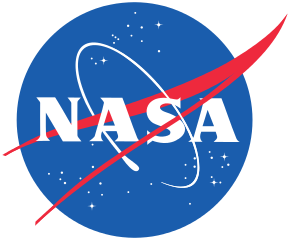
NASA is the US agency responsible for the space program, as well as aeronautics and aerospace research.
NASA, an acronym of National Aeronautics and Space Administration, was established in 1958 by President Eisenhower.
Since its establishment, NASA has led most US space exploration efforts which has included the Apollo moon-landing missions and the Space Shuttle.
The Apollo program was an initiative which was spearheaded by President Kennedy in response to the perceived Soviet lead in the space race. Costing more than $20 billion in 1960s money, Apollo was one of the most expensive scientific programs in history. Its goal was to land a man on the moon by the end of the 1960’s, a feat which was achieved by Neil Armstrong in 1969.
In contrast to the 1960s, Russia and the US may work together in the future – but on what?
Currently, NASA is focused on supporting the International Space Station and is also overseeing the Orion Multi-Purpose Crew Vehicle, Space Launch System and Commercial Crew Vehicles.
The International Space Station is a space station in low Earth orbit. It has been continuously occupied for more than 17 years since the first expedition in 2000. The station has been visited by astronauts and cosmonauts from 17 different countries.
In stark contrast to the 1960’s space race, it was rumored that Russia and the US will work together on the development of a replacement International Space Station. In 2015, NASA issued a statement thanking Russia’s interest in future co-operation in space exploration, but did not explicitly confirm the partnership.






